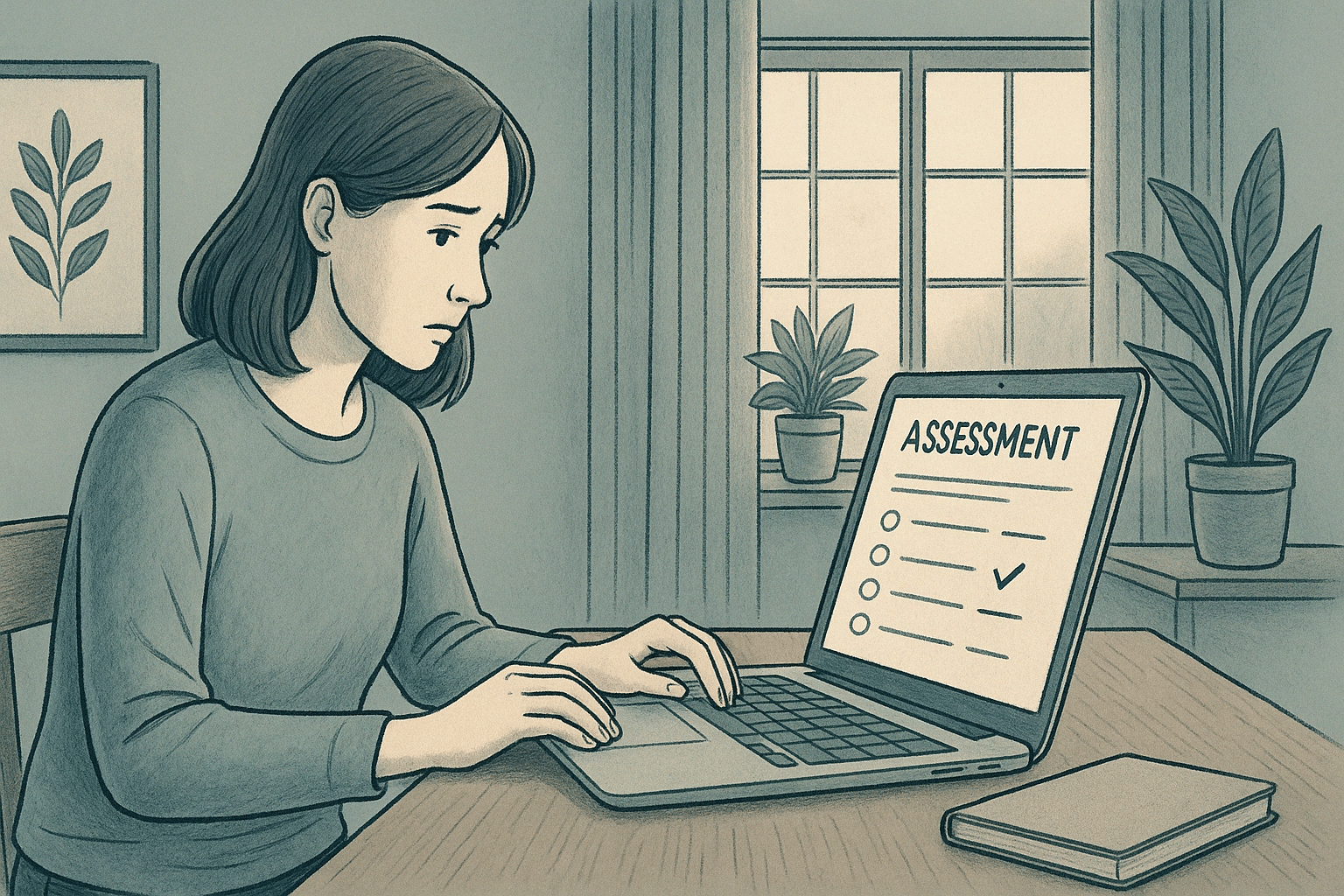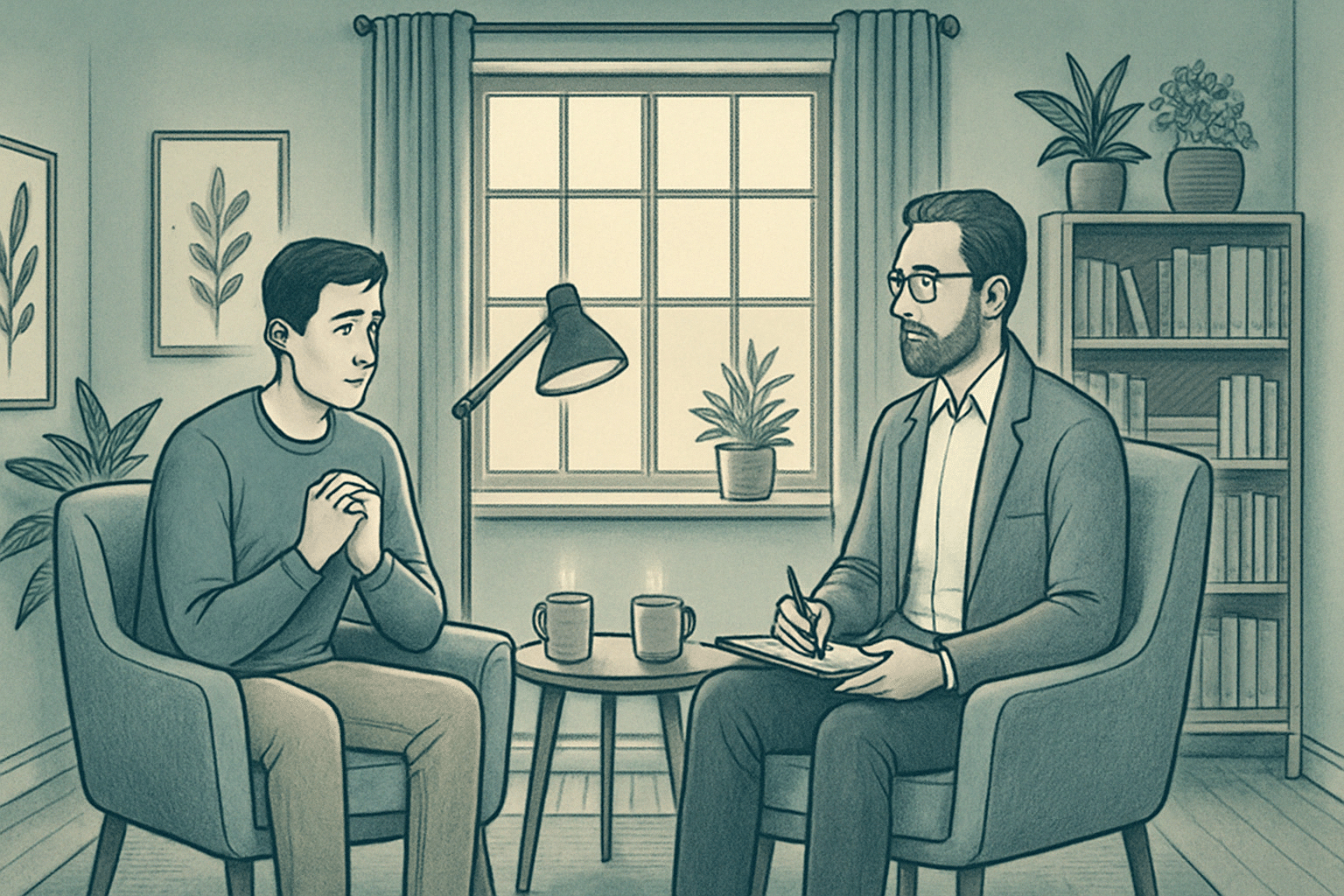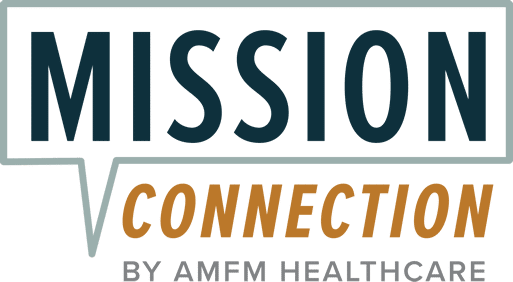
Key Takeaways
- Bipolar disorder involves both manic and depressive episodes that affect mood, energy, and activity levels.
- There are two main types: Bipolar I, which includes full manic episodes, and Bipolar II, which involves hypomanic episodes.
- Common symptoms include extreme mood swings, changes in sleep patterns, and unusual behavior.
- Using a symptom checklist can help identify patterns and assist in seeking professional help.
- Mission Connection offers specialized bipolar treatment with experienced mental health professionals who create personalized treatment plans addressing the full spectrum of bipolar symptoms.
What is Bipolar Disorder?
Bipolar disorder is a mental health condition characterized by significant mood swings, including emotional highs (mania or hypomania) and lows (depression). These mood shifts can affect sleep, energy, behavior, and the ability to think clearly. It’s a lifelong condition, but with proper treatment, individuals can manage their symptoms and lead fulfilling lives.
Types of Bipolar Disorder
There are primarily two types of bipolar disorder:
- Bipolar I Disorder: This is defined by manic episodes that last at least 7 days or by manic symptoms that are so severe that immediate hospital care is needed. Depressive episodes occur as well, typically lasting at least 2 weeks.
- Bipolar II Disorder: This type involves a pattern of depressive episodes and hypomanic episodes, but not the full-blown manic episodes that are typical of Bipolar I Disorder.
Common Misconceptions
Many people misunderstand bipolar disorder, often mistaking it for simple moodiness. One common misconception is that individuals with bipolar disorder are always either extremely happy or extremely sad. In reality, the disorder is much more complex. Another myth is that the disorder is rare; however, it’s relatively common, affecting millions of people worldwide.
| Mission Connection: Outpatient Mental Health Support Mission Connection offers flexible outpatient care for adults needing more than weekly therapy. Our in-person and telehealth programs include individual, group, and experiential therapy, along with psychiatric care and medication management. We treat anxiety, depression, trauma, and bipolar disorder using evidence-based approaches like CBT, DBT, mindfulness, and trauma-focused therapies. Designed to fit into daily life, our services provide consistent support without requiring residential care. Start your recovery journey with Mission Connection today! |
Recognizing the Symptoms of Bipolar Disorder
Depressive Symptoms
During a depressive episode, individuals may experience:
- Feelings of sadness, emptiness, or hopelessness
- Loss of interest or pleasure in most activities
- Significant weight loss or gain, or changes in appetite
- Insomnia or sleeping too much
- Fatigue or loss of energy
- Feelings of worthlessness or excessive guilt
- Difficulty concentrating or making decisions
- Thoughts of death or suicide
Manic and Hypomanic Symptoms
Manic and hypomanic episodes include several symptoms that are noticeable and affect a person’s ability to function:
- Increased energy, activity, or restlessness
- Excessively “high,” overly good, euphoric mood
- Extreme irritability
- Racing thoughts and talking very fast
- Distractibility
- Unrealistic beliefs in one’s abilities and powers
- Poor judgment, spending sprees, or foolish investments
- Decreased need for sleep
Note that the difference between mania and hypomania is that mania is more severe and can cause significant problems in daily life or require hospitalization, while hypomania is less intense and doesn’t usually cause major issues.
Mixed Episodes Explained
Mixed episodes are periods during which symptoms of both mania and depression occur simultaneously. This can be particularly challenging because individuals may feel hopeless and overly energetic at the same time. These episodes can increase the risk of suicidal thoughts and behavior, making them a critical area for intervention and treatment.
Warning Signs and Triggers
Being aware of the warning signs and triggers of bipolar disorder can help in managing the condition effectively. Common triggers include:
- Stressful life events such as the loss of a job or a relationship
- Changes in sleep patterns or sleep deprivation
- Seasonal changes
- Non-adherence to medication
- Grief from the loss of a loved one
Recognizing these triggers early can help with taking preventive steps and avoiding full-blown episodes.
3 Popular and Effective Checklists
1. Altman Self-Rating Mania Scale
The Altman Self-Rating Mania Scale (ASRM) is a short, five-item self-report questionnaire that helps measure the severity of manic symptoms. It’s designed for individuals to assess themselves, providing a quick snapshot of their current mental state. Each item is scored on a scale from 0 to 4, with higher scores indicating more severe symptoms.
One of the benefits of the ASRM is its simplicity and ease of use. It can be completed in just a few minutes, making it a convenient tool for regular self-monitoring. However, while the ASRM can highlight potential issues, a comprehensive evaluation by a healthcare professional is necessary for a formal diagnosis.
2. Mood Disorder Questionnaire (MDQ)
The Mood Disorder Questionnaire (MDQ) is another popular tool used to screen for bipolar disorder. It consists of 15 items that focus on the symptoms of mania and hypomania. The MDQ also includes questions about the duration and impact of these symptoms on daily life.
The MDQ is particularly useful because it identifies the presence of symptoms and considers the frequency and severity, helping to distinguish between bipolar disorder and other mood disorders. Like the ASRM, the MDQ is a screening tool and should be followed by a professional assessment for an accurate diagnosis.
3. Bipolar Spectrum Diagnostic Scale (BSDS)
The Bipolar Spectrum Diagnostic Scale (BSDS) is a narrative-based questionnaire that provides a detailed description of symptoms related to the bipolar spectrum. Respondents indicate Yes or No if the description matches their experiences, allowing for a detailed understanding of their symptoms.
The BSDS is particularly effective in identifying subtle symptoms that might be overlooked by other checklists. It captures a broader range of mood experiences, making it a valuable tool for those who suspect they might have a milder form of bipolar disorder or are experiencing mixed episodes.
Why Diagnosis Matters

Without a diagnosis, individuals might struggle to understand their mood swings and behavior, which can lead to feelings of frustration and hopelessness. A proper diagnosis opens the door to effective treatment and support.
Additionally, a diagnosis helps with distinguishing bipolar disorder from other mental health conditions, ensuring that individuals receive the most appropriate care. This differentiation is essential because treatment approaches can vary significantly between mood disorders.
Risks of Untreated Bipolar Disorder
Leaving bipolar disorder untreated can lead to worsening symptoms and a higher likelihood of engaging in risky behaviors. Also, untreated bipolar disorder can lead to severe depression, which is associated with an increased risk of suicide.
This can lead to a cycle of repeated hospitalizations and a decline in overall health. Therefore, early intervention and consistent management are crucial to mitigating these risks.
Next Steps if You Suspect Bipolar Disorder
Consult a Mental Health Professional

Health professionals are trained to provide a comprehensive evaluation and diagnosis. They can differentiate between bipolar disorder and other mood disorders, ensuring that you receive the most appropriate treatment.
During your consultation, the professional may ask about your symptoms, family history, and any previous mental health issues. Be prepared to discuss any mood swings, changes in energy levels, and how these symptoms impact your daily life. This information will help in developing a personalized treatment plan.
Preparing for Your Appointment
Start by keeping a mood diary to track your symptoms and any patterns you notice. Note any triggers that seem to worsen your symptoms and any effective coping strategies.
It’s also helpful to make a list of questions you have for your mental health professional. These might include inquiries about potential treatment options, side effects of medications, and lifestyle changes that could help manage your symptoms.
Available Treatment Options
Treatment for bipolar disorder typically involves a combination of medication and psychotherapy. Medications such as mood stabilizers, antipsychotics, and antidepressants can help manage symptoms. Work closely with your healthcare provider to find the right medication and dosage for you.
Therapy, such as Cognitive Behavioral Therapy (CBT), can provide strategies for managing stress, identifying triggers, and developing healthy coping mechanisms. Family therapy may also be beneficial in improving communication and support within the household.
In addition to medication and therapy, lifestyle changes such as regular exercise, a balanced diet, and maintaining a consistent sleep schedule can help stabilize mood swings and improve overall well-being.
Mission Connection: Your Partner in Bipolar Management

At Mission Connection, we transform symptom recognition into effective treatment strategies customized to your unique experience with bipolar disorder.
Our experienced clinicians in California, Virginia, and Washington work alongside you to create a personalized treatment plan that combines medication management, specialized therapy techniques, and practical lifestyle strategies.
In our supportive environment, you’ll find not just treatment but understanding. We recognize the challenges of living with bipolar disorder and provide the tools, resources, and compassionate support needed to manage them successfully. Our flexible online services ensure you can access expert care without disrupting your life.
Don’t let bipolar symptoms dictate your future. Contact Mission Connection today to transform your symptom checklist into a roadmap for lasting stability and improved quality of life.
Frequently Asked Questions
What differentiates mania from hypomania?
Mania and hypomania share similar symptoms, such as increased energy, euphoria, and irritability. However, mania is more severe and can significantly impair daily functioning, often requiring hospitalization. Hypomania is less intense and usually doesn’t disrupt daily life to the same extent, but it still requires attention and management.
Can lifestyle changes help manage symptoms?
Yes, lifestyle changes can play a significant role in managing bipolar disorder symptoms. Regular physical activity, a healthy diet, and sufficient sleep can stabilize mood and improve overall health. Additionally, stress-reduction techniques such as meditation, yoga, or deep-breathing exercises can be beneficial.
Is medication always necessary?
While medication is often a key component of treatment for bipolar disorder, it’s not the only option. Some individuals may manage their symptoms effectively with therapy and lifestyle changes alone. However, medication can be crucial for those with severe symptoms or frequent episodes.
How can a family support a loved one with bipolar disorder?
Family support is vital for individuals with bipolar disorder. Educating yourself about the condition can help you understand what your loved one is experiencing and how best to support them. Encourage open communication and listen without judgment.
What diagnostic tools does Mission Connection use to assess bipolar disorder?
At Mission Connection, we utilize a comprehensive assessment approach. Our experienced clinicians combine assessment tools with thorough personal history evaluation to distinguish bipolar disorder from other conditions with similar presentations.
This multi-faceted approach ensures accurate diagnosis and helps craft personalized treatment strategies addressing your specific symptom patterns.








